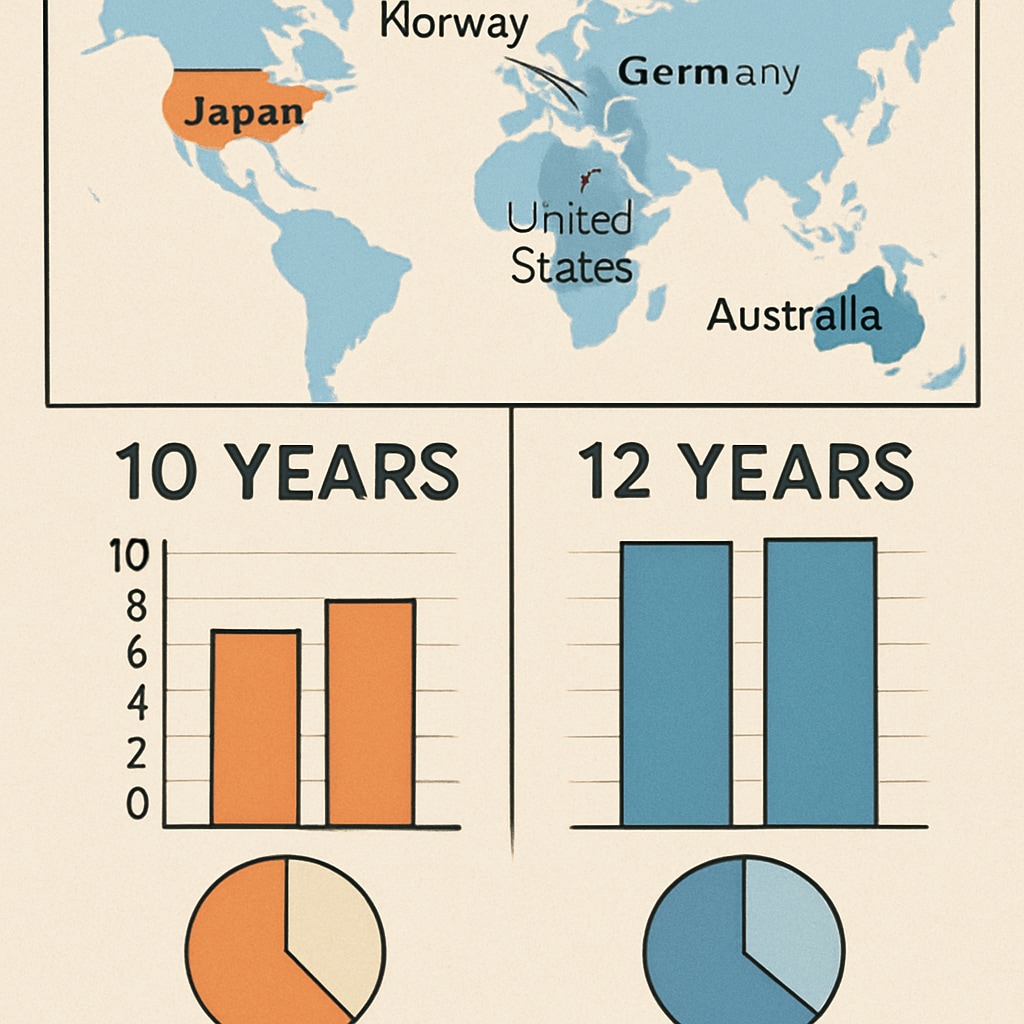Educational disparities in schooling years, university admission requirements, and visa barriers represent a growing challenge for international students aspiring to study in EU countries. The European Union’s rigid 12-year education standard systematically disadvantages applicants from nations with 10-year schooling systems, creating what experts call an “academic mobility divide.” According to EU education statistics, approximately 18% of international student applications face rejection due to year-count mismatches.

The Structural Inequality in EU Admission Criteria
European universities typically require proof of 12 years of formal education for bachelor’s degree programs. This creates three specific challenges:
- Automatic disqualification: Many 10-year system students become ineligible regardless of academic merit
- Compensatory program pressure: Students must complete bridge courses (often costly and time-consuming)
- Visa complications: Immigration authorities frequently deny applications citing “incomplete education”
Case Studies: National Education Systems in Conflict
The problem particularly affects students from:
- India (10+2 system with varying state implementations)
- Russia (11-year standard until recent reforms)
- Selected African nations (6+3+3 or 6+4+2 structures)
As noted by the OECD Education Directorate, these structural differences often have historical roots in colonial education models or post-independence reforms.

Potential Pathways Through the Barrier
Several solutions have emerged to address these educational disparities:
- Foundation year programs: Many UK universities successfully use this model
- Credit equivalency frameworks: Recognizing intensive curricula that cover more content in fewer years
- Diploma supplementation: Detailed documentation of learning outcomes rather than just years completed
Institutional flexibility remains key. For example, German universities increasingly accept students who complete one year of home-country university study after their 10-year certificate, effectively creating a hybrid 11-year pathway.
Transitional note: While these solutions show promise, systemic reform requires coordinated action between education ministries, accreditation bodies, and immigration authorities across EU member states.


